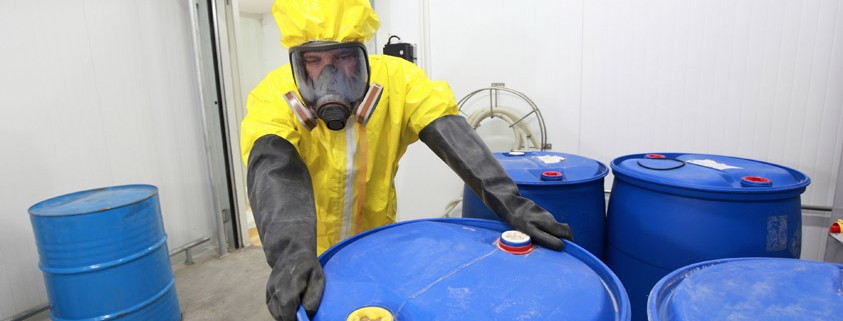Industrial Secret ABNT NBR 14725:2023 What Can and Cannot Be Hidden?
Introduction
The Safety Data Sheet (SDS) is an essential document for communicating hazards and preventive measures related to chemical substances and mixtures. Its main purpose is to protect human health, workplace safety, and the environment.
However, many companies face a dilemma: to what extent is it allowed to keep strategic information, such as compositions and concentrations, confidential without violating the law?
ABNT NBR 14725:2023 provides clear guidelines on what can be considered an industrial secret ABNT NBR 14725 and how this resource can be used without compromising the necessary transparency in an SDS.
Why confidentiality is an important issue in SDS and labels
Chemical products often contain exclusive formulas, the result of years of research and investment. Disclosing the exact composition can result in a loss of competitive advantage.
For this reason, the legislation provides mechanisms to protect industrial secrets ABNT NBR 14725, balancing this right with the obligation to provide critical safety information.
What is confidential information according to ABNT NBR 14725:2023
The standard defines confidential information (or business/industrial secret) as:
Any formula, model, system, process, plan, design, information, or knowledge in any physical or electronic storage modality that gives its holder an advantage over competitors and is not publicly known. (item 3.65)
This protection is detailed in item 6.4, ensuring the right to retain strategic data without compromising health, safety, or the environment.
Important: information that is already public, published in research, or accessible through various channels is not considered confidential (6.4.1.5).
What the standard requires to always be reported
According to ABNT NBR 14725:2023 and international regulations such as GHS, certain information is mandatory and cannot be omitted.
Even if part of the composition is kept under industrial secret ABNT NBR 14725, the SDS must include:
Hazard identification of the substance or mixture (hazard class, pictograms, H and P statements)
Preventive measures and emergency response procedures
Known effects on health and the environment
In summary: the risk can never be hidden.
What can be declared in a generic way
The standard allows some flexibility to protect the formula:
Concentration ranges instead of exact values (e.g., 10–20%)
Generic names or phrases such as “Confidential information withheld,” “Industrial secret,” or “Confidential information” (6.4.2.6)
Omission of ingredients considered industrial secrets on the label, provided there is legal support (6.4.2.5)
Retention of strategic information, with documented justification, restricted access only to authorized personnel and competent authorities (6.4.2.1)
What cannot be hidden
Confidentiality has clear limits. ABNT NBR 14725:2023 stipulates that certain data must always be disclosed:
Critical information for public safety and health: essential for safe evaluation and handling of the product, including prevention, first aid, and firefighting
Mandatory safety, health, and environmental data: relevant composition, hazards, warnings, usage instructions, and precautions
In other words: confidentiality can never override safety.
How eQgest can help
Managing confidential information in SDS in compliance with the law can be complex. eQgest offers features that simplify this process:
Automatic SDS generation with concentration ranges and generic names, according to the standard
Customizable data display, balancing confidentiality and transparency
Automatic regulatory updates, ensuring that protection of the industrial secret ABNT NBR 14725 is always aligned with NBR 14725 and GHS
Conclusion
Protecting industrial secrets ABNT NBR 14725 is a legitimate right of companies, but it must be balanced with the responsibility to clearly communicate risks.
ABNT NBR 14725:2023 balances innovation and safety: it allows the use of generic names and concentration ranges, as long as hazards are communicated transparently.
With eQgest, your company can achieve this balance: it preserves the strategic confidentiality of the formula while fully complying with legal requirements, optimizing time, and ensuring alignment with ABNT NBR 14725 and GHS.
Contact eQgest to implement this management safely and efficiently.
Receive regulatory updates straight to your inbox
Newsletter with updated chemical regulations, regulatory news from the sector, and upcoming webinars — carefully selected for professionals like you.

 + 34 900 802 588
+ 34 900 802 588 Client access
Client access

.png)
.png)